Analysis on origin and evolution of the political relationship between the Iranian and Syrian regimes.
At the start of the Arab Spring, Iran’s supreme leader Ayatollah Ali Khamenei took the liberty of portraying the uprisings as an ‘Islamic awakening’ (Bidari-ye Eslami) and the fruit of Iran’s own revolution, while taking care to distinguish these from the street protests following President Mahmoud Ahmadinejad’s controversial 2009 re-election.
Shortly after the fitful start to the Libyan crisis, Iran’s Syrian ally Bashar al-Assad also found himself fighting for regime survival, a development that complicated Khamenei’s calculus. Reluctant to ditch a key ally Turkish-style, both the Iranian Revolutionary Guard Corps (IRGC) and the Lebanese Hezbollah were allegedly dispatched to assist Assad in quashing popular dissent.
Late last month, on the sidelines of an African Union summit, Iranian Foreign Minister Ali Akbar Salehi stated that Syria should allow for ‘free elections’ and ‘multiple political parties’. While this was not the first such statement from Tehran calling for Assad to consider reform, could this be a hint that the Iranians are recognizing the limits of unconditional support for their beleaguered ally?
On the surface, this gradual turnaround might have been expected at some point given the sheer size and range of Iran’s own problems. The Obama administration is steadily broadening international consensus against Tehran’s alleged nuclear weapons program. In response to estimates of a strike occurring this spring before Iran crosses the ‘immunity zone’, Khamenei issued a stern warning during Friday prayers marking the 33rd anniversary of the Islamic Revolution that the repercussions of an attack ‘would do ten times more damage to US interests (than it would to Iran)’.
While these threats of war can hardly be ignored, the parallel prospect of Assad’s ouster in Damascus has also altered the playing field for the 'Resistance Axis'. But what exactly could this portend?
The seeds of Tehran’s relationship with Damascus were effectively planted when the Iranian-born Lebanese Shiite cleric Musa al-Sadr introduced Hafez al-Assad to future members of the Islamic Revolutionary government in the 1970s, after issuing a fatwa legitimizing the Alawites as an offshoot of Shiism.
Then in 1982, the creation of Hezbollah – largely credited to the then-Iranian ambassador to Syria – Ali Akbar Mohtashamipour – sealed this alliance by guaranteeing Syrian influence in Lebanon and enabling Iran to export its revolution. This could not have happened had Assad not agreed to the IRGC’s presence in Lebanon’s Beqaa region.
Throughout the Iran-Iraq war, the Lebanese civil war and Bush’s ‘War on Terror’, cooperation born of necessity increased in proportion to both regimes’ common isolation. More strikingly, Hafez al-Assad and later his son Bashar both ran a tight ship that was secular to the core, in contrast to Iran’s hardline theocracy.
Still, Syria’s value to Iran is hard to miss. Strategically, it serves as an Arab counterweight to surrounding Sunni Arab governments hostile to Iran (especially Riyadh, Cairo and Amman), as force enabler and supply conduit between Tehran and Hezbollah, and as safe haven for Hezbollah and Palestinian rejectionist factions fighting against Israel. Syria’s location in the heart of the Arab Middle East likewise permits territorial continuity for a ‘Shiite crescent' – a term coined by Jordan’s King Abdallah – that may potentially include Iraq, Bahrain, Saudi Arabia's Eastern Province and Kuwait. Moreover, its common borders with Israel, though they have been quiet for three decades, can readily extend Lebanon’s southern front if an all-out conflict erupts. If Assad goes, so would Iran’s only other regional state ally and a significant toehold on the Arab street.
On the other hand, Syria also constitutes the weakest link within the Axis and the actor clearly least driven by ideology and most disposed to moderation. But if Damascus depends heavily on Hezbollah’s asymmetric military capabilities to compensate for its own conventional limitations, developments in Syria have even further-reaching consequences in neighbouring Lebanon.
This means that for Hezbollah, the political stakes within the Lebanese arena are considerably higher. The Party of God’s domestic clout, enhanced by Syrian patronage even after the latter’s 2005 withdrawal, is reflected in its ruling ‘March 8’ coalition delicately held together by Najib Mikati, a former prime minister viewed as neutral and from Hezbollah’s viewpoint, acceptable. However, cracks have started to mar the coalitional veneer, including disagreements with General Michel Aoun and Prime Minister Mikati himself, and fair-weather allies like Walid Jumblatt appear to be hedging their bets in the event of Assad’s ouster.
Despite its military and parliamentary influence, the absence of the Syrian linchpin (not to mention an Iran potentially tied down by military conflict over its nuclear program) could make it much more difficult for Hezbollah to maintain and augment its arsenal in the longer run, even if current estimates already suggest tens of thousands of short- and medium-range rockets and a growing number of long-range missiles capable of striking Israel’s heartland including the Fateh-110, Fajr-5, Zelzal-2 and Scud-D. Logistically, the loss of overland supply routes may still be offset by increasing aerial and maritime traffic. Yet, these are equally vulnerable to no-fly zones and naval intercepts, even when sailing under false flags. Besides, arms shipments and money transfers also in large part depend on Iran’s oil economy and foreign exchange reserves, both currently the object of the harshest international sanctions yet.
Hezbollah’s main adversary, the ‘March 14’ coalition led by Saad Hariri deeply opposes its refusal to disarm and what it sees as Iran’s unmistakable hand in slowly but steadily molding an Islamic Revolutionary Lebanon in its own image.
The highly controversial UN Special Tribunal for Lebanon represents yet another explosive issue. So far, the STL has issued arrest warrants for four senior Hezbollah officials in connection with former Prime Minister Rafiq Hariri’s 2005 assassination. Although original accusations of Syria’s involvement have not subsided, the loss of Assad’s influence in brokering a deal with Saudi Arabia, and potential blame for yet another chapter of sectarian violence threaten to turn the screws on Hezbollah while it is still struggling to keep the fragile coalition together.
All parties in Lebanon are visibly keen on maintaining stability given the country’s traumatic track record. Any sectarian strife possibly spilling over from Syria could likewise make short shrift of Hezbollah’s hard-earned coalitional gains. Worse still, instability in addition to disrupted arms transfers could undercut Hezbollah’s deterrence along Israel’s northern flank at a time when both Israel and Iran are edging closer towards a direct armed conflict.
Secretary-General Hassan Nasrallah’s support for Assad (and yet at the same time, Bahrain’s Shiite protestors) has been reciprocated by scores of Syrian protesters openly burning Hezbollah and Iranian flags, signaling the erosion of the ‘principled’ image and regional standing so favorably boosted following the 2006 war with Israel. Even if Assad’s allies were to backtrack in the near future, this may be too late to both prevent the Sunni-Shia rift from deepening and to forestall the emergence of another rift pitting the Resistance Axis against those inclined towards rights and reform.
The logistical and material implications are similar for the Palestinian factions aligned with the Resistance Axis including Hamas, Palestinian Islamic Jihad and possibly the Popular Front for the Liberation of Palestine-General Command. However, perhaps sensing this anxiety, Khamenei has also recently reaffirmed Iran’s support for ‘any nation or group willing to oppose the Zionist regime’.
For Hamas, the only of these factions currently in government, the situation is vastly more complicated. The violence being employed by the Syrian government against Sunni protesters and the Syrian branch of the Muslim Brotherhood, together with regional repercussions of the Arab Spring, has compelled exiled politburo chief Khaled Meshaal to rethink the movement’s alliances, with signs indicating a clear shift towards the post-Mubarak government in Cairo and the Egyptian Brotherhood, Hamas’ ideological parent.
This strategic reorientation is also to some extent apparent in Hamas’ latest outreach in a number of regional capitals and its ongoing reconciliation process with Fatah and possible inclusion, for the first time, within the Palestine Liberation Organization. This latter point is crucial because in the event, this could signify Hamas’ acceptance of all standing agreements between the PLO – the ‘sole legitimate representative of the Palestinian people’ [definition of the PLO’s legal character according to Seventh Arab League Summit Conference and the UN] – and Israel, including recognition of the June 1967 borders (though without necessarily recognizing the Jewish state as such).
In contrast, critics like Caroline Glick have argued that this would lead to the exact opposite when an electorally stronger Hamas eventually pressures the PLO to rescind these agreements. Nonetheless, the fact that Meshaal for the first time articulated Hamas’ willingness to embrace ‘non-violent popular resistance’ – without renouncing violence if necessary – seems to point in this same, cautious direction.
Unfortunately, this latest variation on the Palestinian unity theme is not without problems. The Gaza leadership, most trenchantly Mahmoud Zahar, has criticized Meshaal’s acquiescence to non-violent resistance and to Mahmoud Abbas’ proposed appointment as both president and prime minister of the coming unity government. And as if all this never happened, Hamas Prime Minister Ismail Haniyeh not only turned up in Tehran for the occasion of the Islamic Revolution’s 33rd anniversary but also publicly thanked the Iranian government for its support. It is hard to say if Haniyeh’s weekend tour was not a personal show of force aimed at undermining Meshaal. What is certain is that, until a clearer picture of the region’s new strategic environment emerges, Hamas would fare better by biding its time and maintaining some distance from the Resistance Axis.
So after all this, is Tehran likely to ditch Assad at some point?
Probably not, especially if it sees little chance of securing a successor sympathetic to Iran’s line of resistance.
In neighboring Iraq, while the US withdrawal provides temporary relief from encirclement, there is similarly little indication that Tehran’s uneven ties with the various Shiite powerbrokers would translate into significant strategic gains at this stage. The Syrian crisis has also – at least on the surface – bedevilled Iran’s uneasy friendship with Turkey, not only widely considered a credible go-between and thus one of Iran’s few safety valves, but also the preferred model of the two for an Islamic polity.
At the moment, Iran and particularly Syria’s diplomatic maneuverability depends heavily on both Moscow and Beijing, and this stalemate with the West is likely to continue so long as the vested interests and strategic calculus of both rising powers are not adequately addressed or compensated.
The implications of Assad’s coming fate, bleak as they are, could bode worse for the Resistance Axis if it coincides with military operations against Iran. So long as this remains hypothetical, Iran and Hezbollah are unlikely to go for broke by respectively hastening a nuclear ‘breakout’ and provoking another war with Israel to deflect international pressure. Then again, Iran could simply decide to go for the bomb if it believed that its asymmetric options have significantly degraded.
In light of the Syrian crisis, the coming March parliamentary elections in Iran and how they are handled by the regime’s leaders could prove crucial for the fundamental posturing of the ‘Resistance’ as a whole. If they are not careful and if the Arab Spring is any indicator, this might be the ‘Islamic awakening’ they were not hoping for.
The views expressed in this article are the author's own and do not necessarily reflect Fair Observer’s editorial policy.
Support Fair Observer
We rely on your support for our independence, diversity and quality.
For more than 10 years, Fair Observer has been free, fair and independent. No billionaire owns us, no advertisers control us. We are a reader-supported nonprofit. Unlike many other publications, we keep our content free for readers regardless of where they live or whether they can afford to pay. We have no paywalls and no ads.
In the post-truth era of fake news, echo chambers and filter bubbles, we publish a plurality of perspectives from around the world. Anyone can publish with us, but everyone goes through a rigorous editorial process. So, you get fact-checked, well-reasoned content instead of noise.
We publish 2,500+ voices from 90+ countries. We also conduct education and training programs
on subjects ranging from digital media and journalism to writing and critical thinking. This
doesn’t come cheap. Servers, editors, trainers and web developers cost
money.
Please consider supporting us on a regular basis as a recurring donor or a
sustaining member.
Will you support FO’s journalism?
We rely on your support for our independence, diversity and quality.



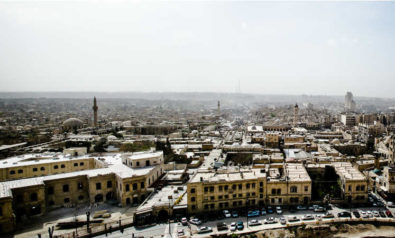
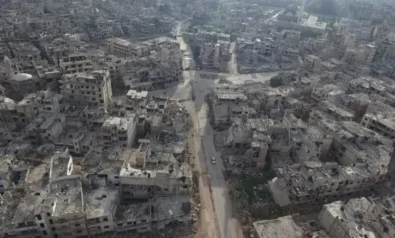
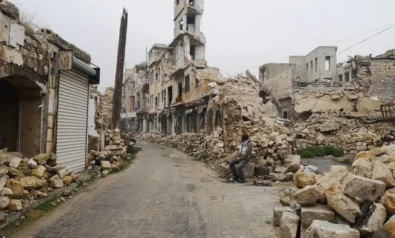
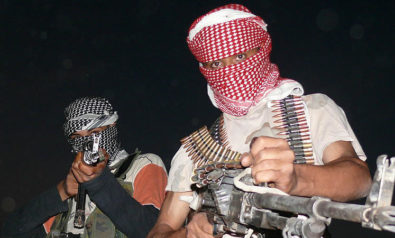
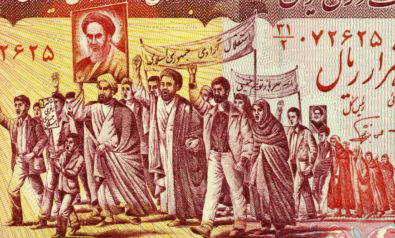

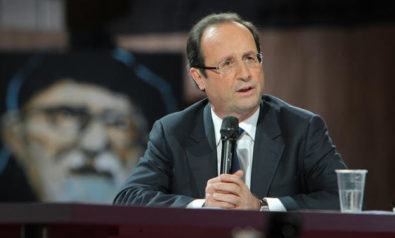
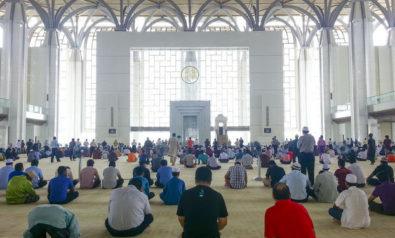
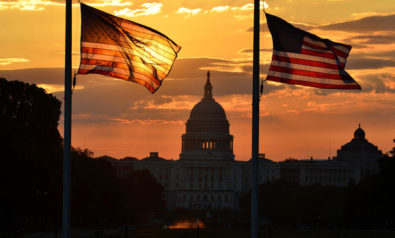
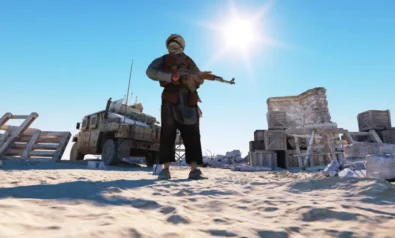
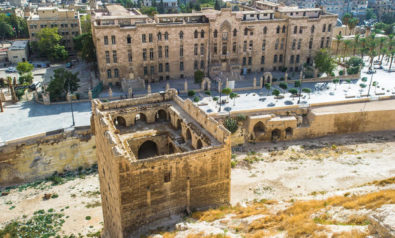
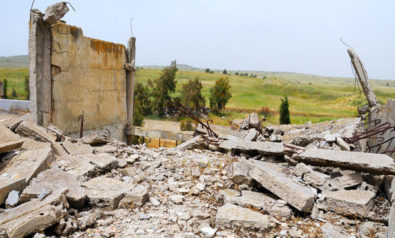
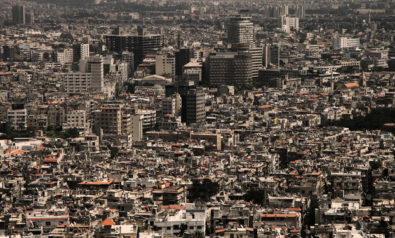

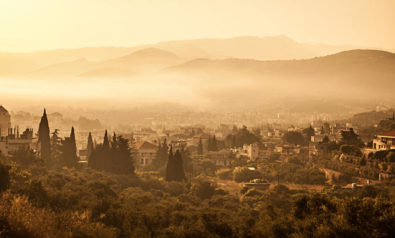
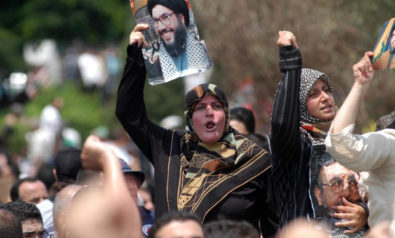
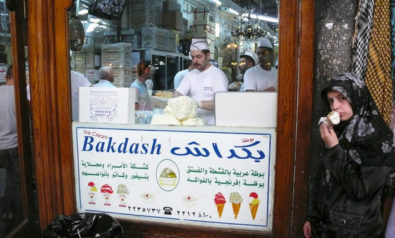

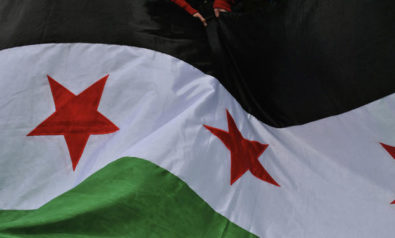
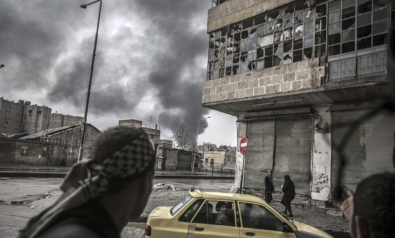
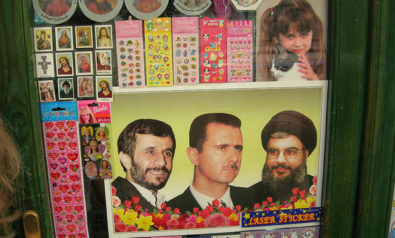
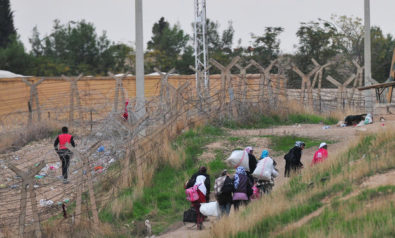
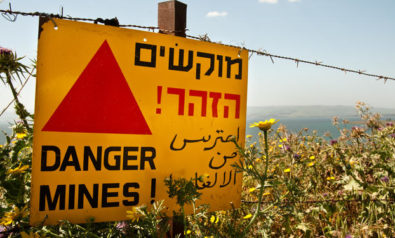
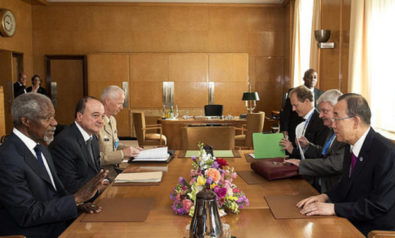
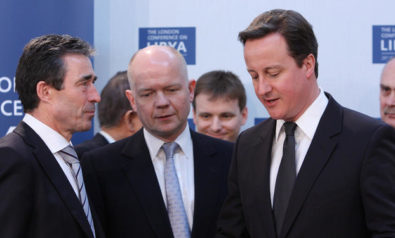
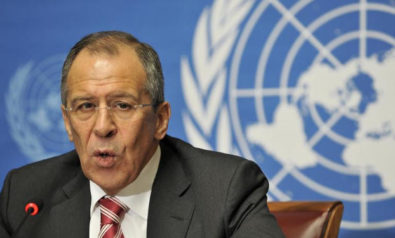
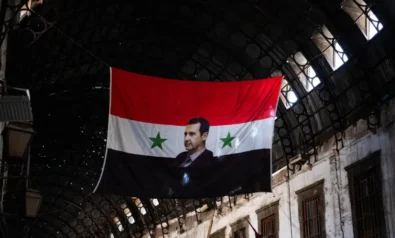
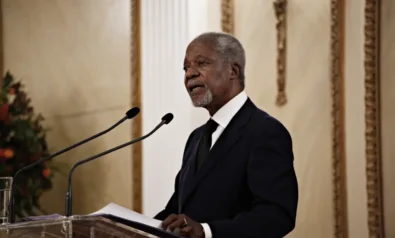
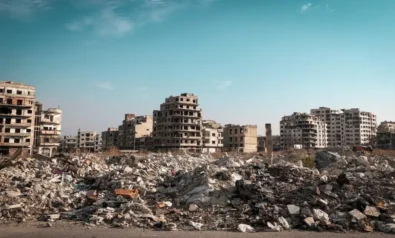
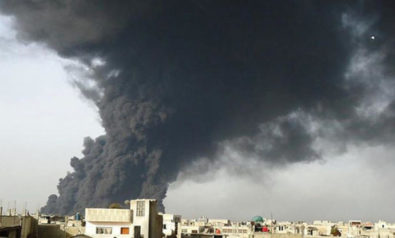

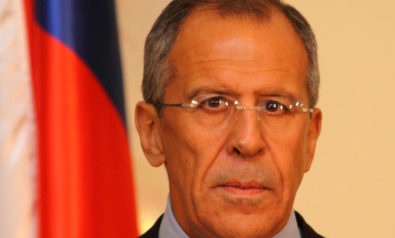
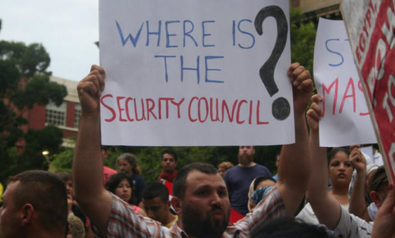
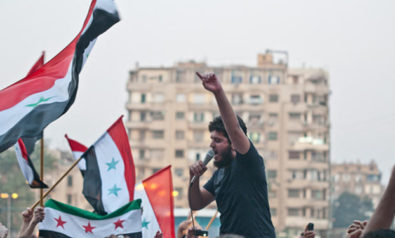
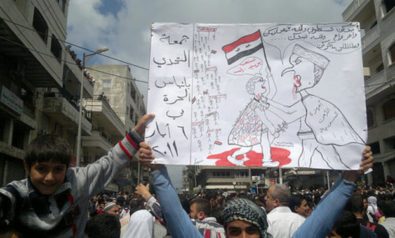
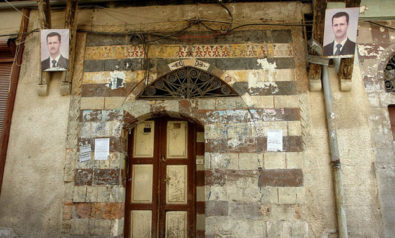

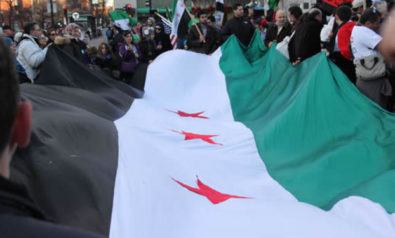

Comment